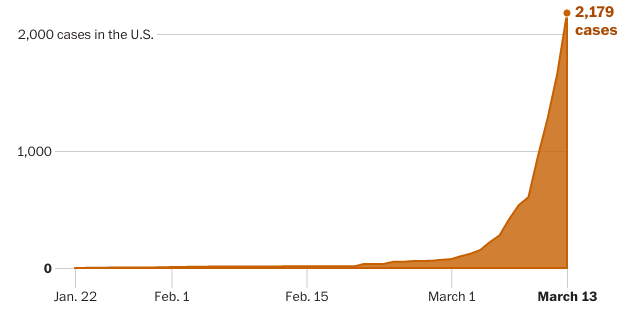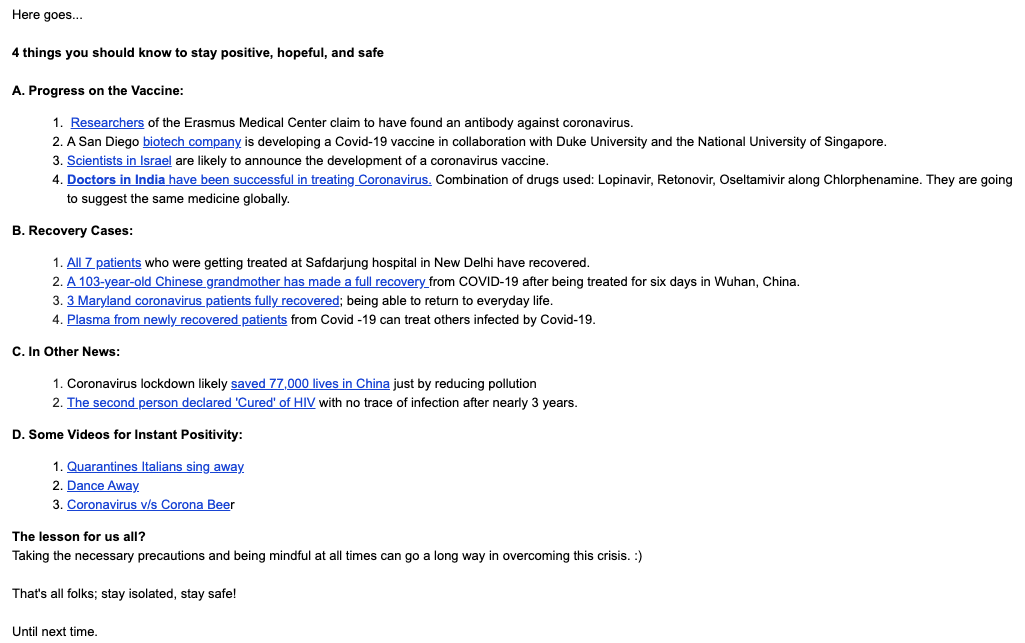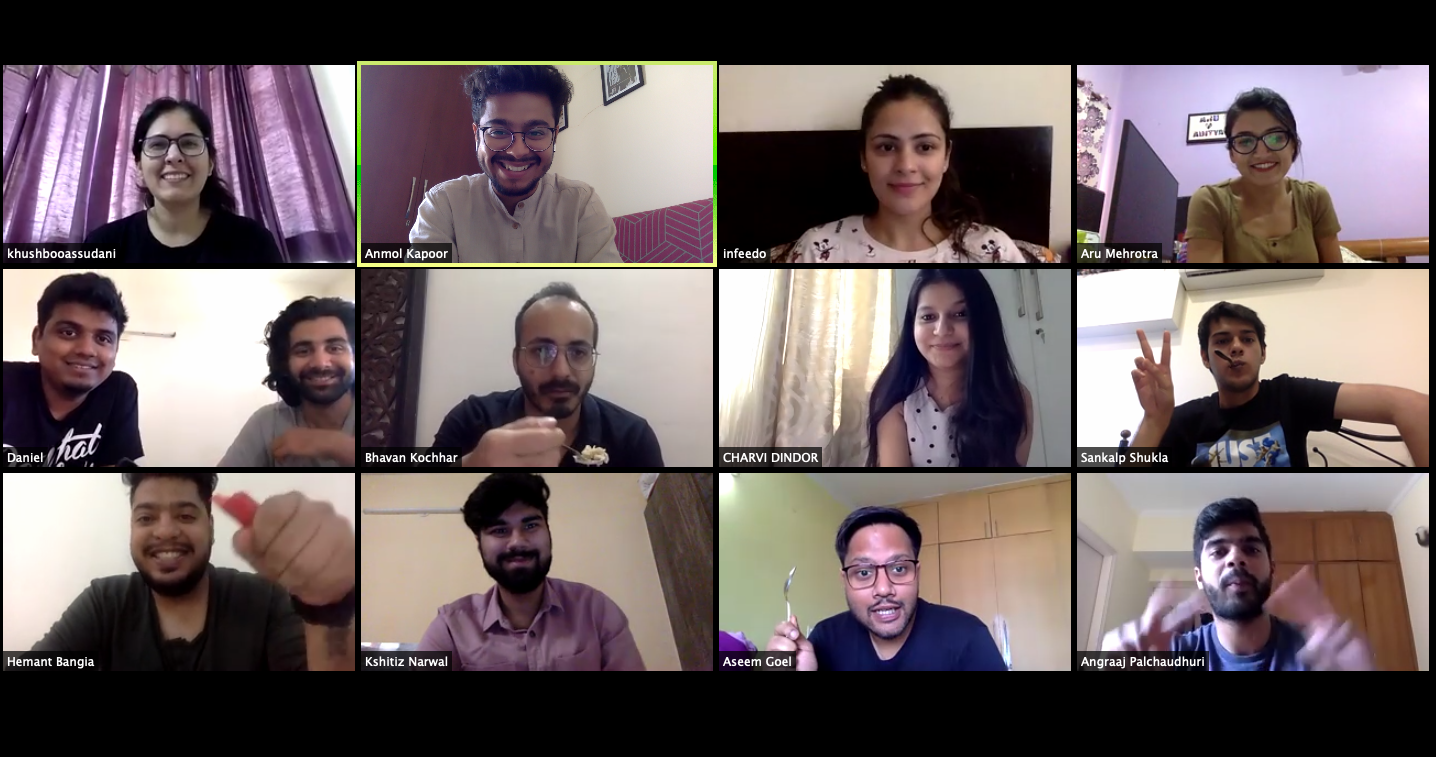Engage with personalized listening & AI
Engage top talent before they join.
Connect with alumni, build brand advocates
Listen contextually & predict turnover
Automate HR services with Agentic AI
Run targeted/broad communication campaigns
Turn people analytics to business outcomes
Explore how HR leaders use Amber
Your go-to content hub for all things people.
4 min read
Ajay Ruhela
Last Updated: 13 February 2023
"This is the first point to be made: and the first action to be taken is to pull ourselves together. If we are all going to be destroyed by an atomic bomb, let that bomb, when it comes, find us doing sensible and human things—praying, working, teaching, reading, listening to music, bathing the children, playing tennis, chatting to our friends over a pint and a game of darts—not huddled together like frightened sheep and thinking about bombs.
They may break our bodies {a microbe can do that} but they need not dominate our minds." — “On Living in an Atomic Age”, C.S. Lewis (1948)
A microbe can do that, he said. Ironically, viruses are the smallest of all the microbes and one of them is threatening us globally at the moment. COVID-19 has become a serious global pandemic; and it is reinforcing what C.S. Lewis said 72 years ago, focus on living mindfully, act human, and don’t let fear dominate your mind.

COVID-19: A long hard look
An outbreak like COVID-19 spreads exponentially and this is, of course, worrisome. I read in The Washington Post recently that if the number of cases were to double every three days, there would be a million cases of people infected with the virus in the US alone by May.

But Don't Panic.
Globally, a large population now stands united to slow down the spread by practising social distancing by avoiding public spaces and generally limiting their interactions with the outside world, as recommended by public health professionals say.

Many organizations have proactively enforced a work from home/remote work policy while some state governments are also recommending firms to follow suit. Much like the graph from The Washington Post, within the last couple of weeks, the need to move to a completely remote set-up has escalated quickly. This leaves a lot of organizations in tremendous flux. While they have to ensure business continuity, no to low impact on CX, money in bank; they also have to pivot to the global crisis to realign their strategies - expected churns, sales cycle limbos, product/service focus, and so on.
Businesses that do will be better equipped to respond, manage, and recover from global risks. Personally, I think this will be the key to differentiate a crumbling organization from the one that is built to last. Build a repository of resources that can be referred to take inspiration from, focus on silver lining, and prepare for the worst. For example, for my team, we truly enjoyed reading, ideating, and implementing learnings from articles such as:
While designing processes, policies, org. decision and delegation structures with COVID-19 and remote workforce push, think ground level and then move up.
Because it’s a highly uncertain environment and your employees need to know how are they going to ride the wave with you? What are the expectations from them? Do they still fit into your strategy? How can they catapult the organization with work they do right now? Anxiety is contagious, so’s water cooler chatter. This will put both to ease. Some articles I highly recommend you read during this time:
At inFeedo, there’s a cross-functional team that’s handling coronavirus conversations, giving everyone daily rundowns, progress on the situation, and spreading much needed cheer.

Because a large portion of your workforce is probably working out of the office and separated from one other for the first time, at least for this long. While I have worked remote from home or in a geographically distributed environment in my last 9 years of working, this experience is still new. Why? I’m practicing social distancing amidst a pandemic while I’m also working to strengthen our research and product. I’m working with constraints that I cannot dodge. I have 9 years of experience to confidently say I understand much about organizations as a participant and as an observer. Yet I feel a tad uneasy and this transition will need some realignment.
75% of the global workforce is millennial coping with high stress already and a large proportion of this workforce needs organizational support to transition with this change so they feel at ease and engaged.
How agile our people practices are will ensure a largely remote workforce stays connected to the organization’s vision and stay productive in this lockdown. It will determine how fast we can recover as organizations from this pandemic while the world picks itself up.
Be the voice and example your workforce can tune-in to. Expect less, give more at a time when the expected frame of mind is that of panic. Reassure your employees by connecting daily with them with updates on the business and the decisions being taken to neutralize and ensure business as usual (BAU). Nothing works better than a leader who is transparent, honest and mindful during such a stressful time.
Create a well-connected workplace environment by appointing leaders within teams who can drive the workforce to work towards common outcomes seamlessly. Breakdown bigger work goals into smaller projects so you can give people micro-ownership. Give a positive perspective to the work constraints and grow your in-house talent. 70% of the learning happens on the job. Ask you team mates what their focus areas are to achieve the stated outcome. Identify operational gaps to quickly ideate and solve issues collectively.
We cannot emphasize this enough: Daily/weekly/fortnightly check-ins with teams and project owners are essential to understand how employees are working towards the organization’s goals. Build a sense of solidarity by connecting with dispersed teams already working remotely. Now more than ever, org-wide communication is critical to create a feeling of connectedness; double down and ensure there’s a steady exchange of information across the workforce.
With your customers, with your employees, with other businesses riding this storm with you. The world is in it together and solidarity can create harmony; we’ll need this more than ever to get back on our feet quickly.
I cannot emphasise more on the importance of listening to and communicating with your workforce at this time. And keeping some old routines intact.

Our sales team recently had an e-lunch as part of their routine to do a team lunch every now and then.
See why global HR teams rely on Amber to listen, act, and retain their best people.